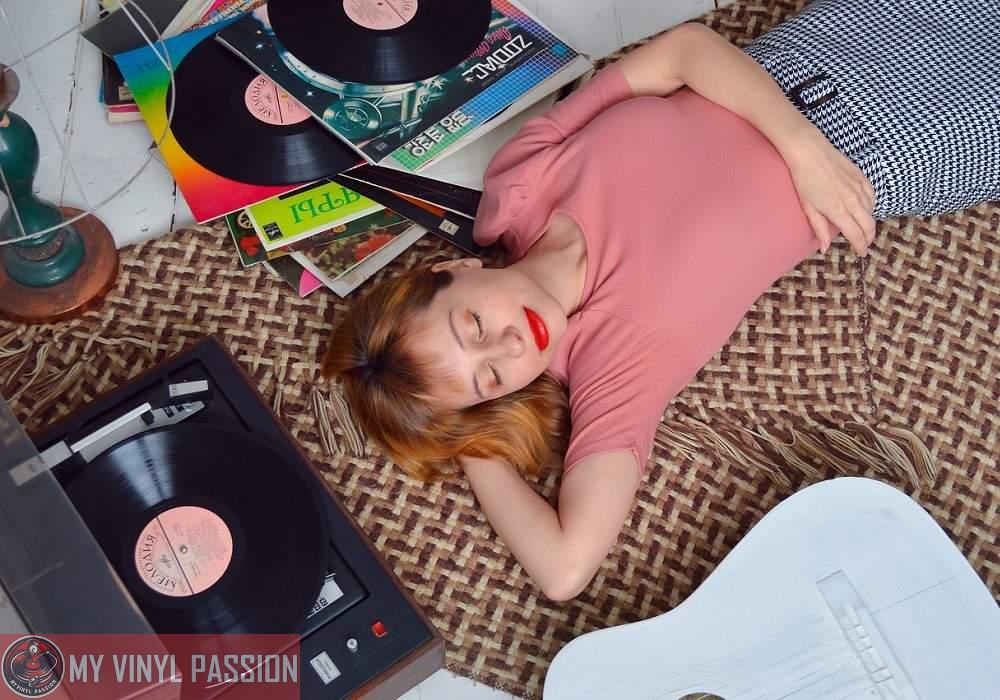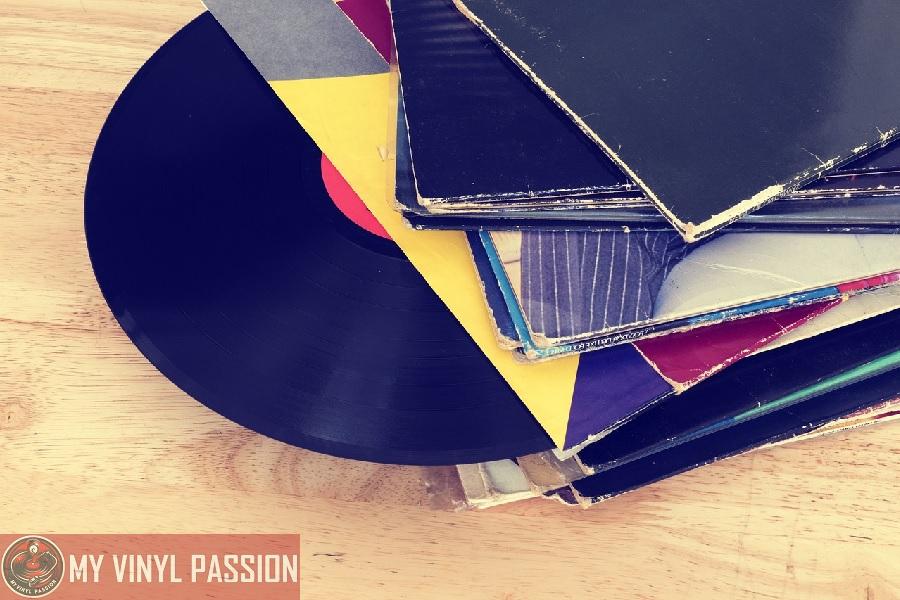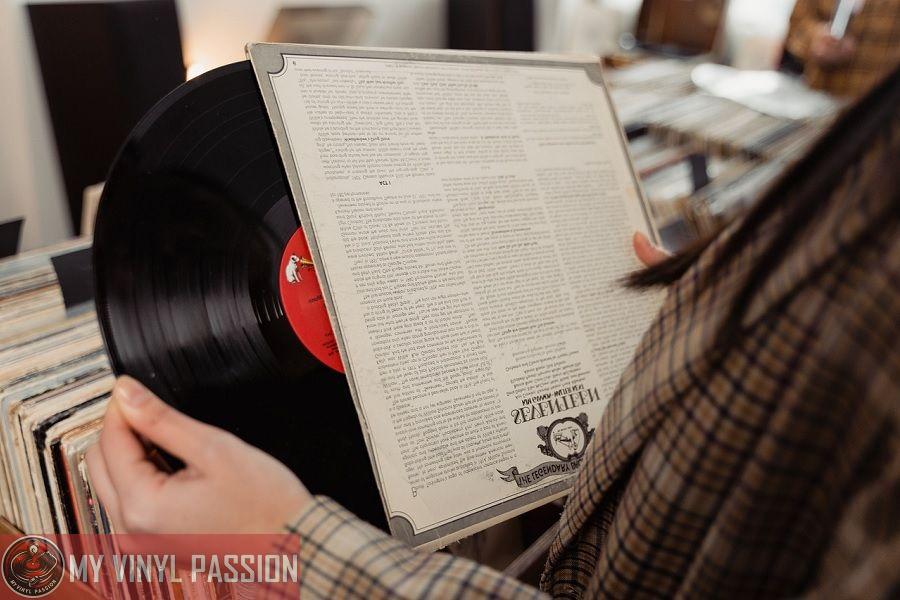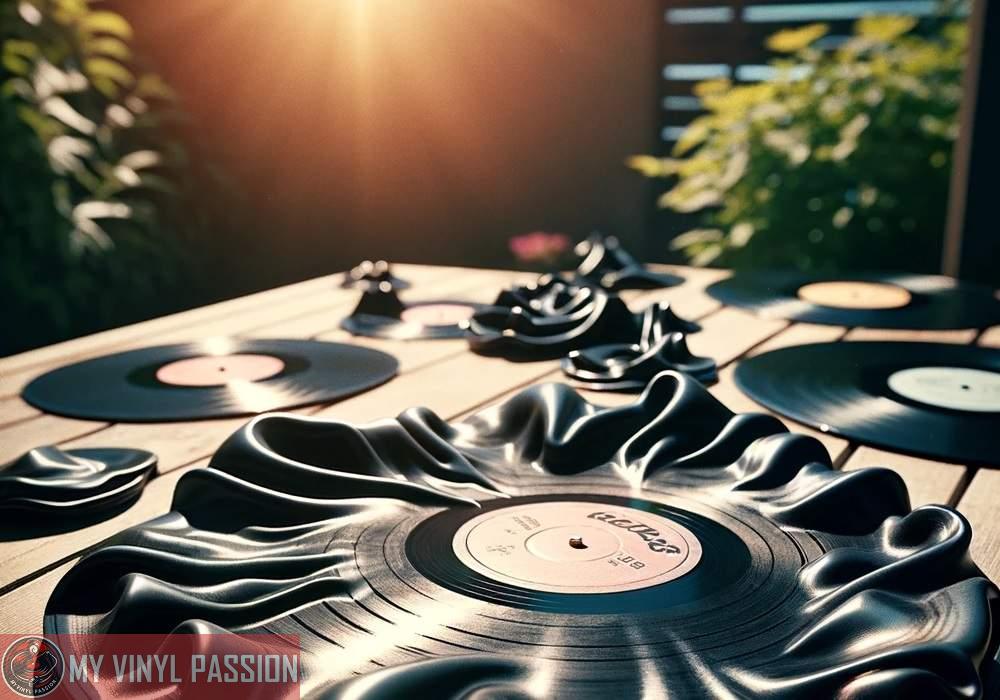Maintaining the quality of your vinyl records is essential to preserve their rich sound and the integrity of your collection.
Vinyl, a physical medium with a storied history, requires careful handling and storage to keep it in prime condition. Over time, dust, scratches, and improper handling can degrade the audio quality and the value of your vinyl.
To ensure the longevity of your analog music collection, it’s important to be well-informed about necessary maintenance practices.
In Summary
Regular Cleaning: Clean your vinyl records regularly with a soft, anti-static brush or record cleaning solution to remove dust and prevent buildup in the grooves.
Proper Handling: Always handle records by their edges and label to avoid transferring oils and dirt from your fingers onto the grooves.
Climate Control: Store records in a stable, climate-controlled environment, away from direct sunlight, heat sources, and high humidity to prevent warping and degradation.
Quality Playback Equipment: Use a well-maintained turntable with a clean, undamaged stylus to prevent scratching and ensure gentle, accurate tracking during playback.
Understanding the right way to clean and store your records will protect them from common issues that lead to audio degradation.
Regular cleaning with the appropriate tools can prevent dust accumulation and static, which often result in pops and crackles during playback.
Storing your vinyl records in a cool, dry place, away from direct sunlight, and in proper sleeves are all crucial steps to halt the potential warping or other damage that can occur with neglect.
By adopting a few simple habits, you can greatly extend the life of your vinyl and enjoy a pristine listening experience for years to come. This means not only treating each record with respect but also being mindful of the environment in which they are kept.
Good record care is as much about creating a sanctuary for your collection as it is about the individual handling of each piece.
Proper Handling and Playing of Vinyl Records
Maintaining your vinyl records involves careful handling and correct playing techniques to ensure long-lasting quality and an optimal listening experience.
Handling Vinyl Records
When handling vinyl, always hold the edges or the label to minimize contact with the surface. Your fingers can leave behind oils and fingerprints which can degrade the grooves over time. To remove dust and fingerprints, use a soft, antistatic cloth and gently wipe the record in a circular motion.
Do:
- Hold the record by the edges or label.
- Use antistatic cloths for cleaning.
Don’t:
- Touch the grooves of the record.
- Use abrasive materials that could scratch.
Playing Records Correctly
Playing records correctly starts with using a well-maintained turntable.
Ensure the stylus (or needle) is clean, as dirt can distort the sound and damage your records. Place the record gently onto the turntable and use the cueing lever to lower the needle. This helps prevent accidental scratches that can occur from hand-operated placement.
Turntable Checklist:
- Stylus is clean and in good condition.
- Turntable is level and the platter spins evenly.
- Cueing lever operates smoothly.
Playing Tips:
- Never play a vinyl record while it’s dusty.
- Remove any static buildup by using an antistatic gun or mat before playing.
- Avoid repeatedly playing the same part of a record as it can wear out the grooves faster.
By following these handling and playing guidelines, you’ll preserve the experience of your vinyl records and enjoy their rich sound for years to come.
Cleaning and Maintenance
Maintaining the quality of your vinyl records primarily involves regular cleaning to remove dust, dirt, and fingerprints, as well as reducing static.
This not only enhances playback but also preserves your collection.
Routine Surface Cleaning
Begin each listening session with a quick surface clean to ensure your records are dust-free.
Use a soft anti-static brush to gently sweep dust off the surface. Always brush in a circular motion, following the grooves. Here’s a simple step to remember:
- Gently hold the anti-static brush on the surface as you turn the record on the platter.
This method removes surface particles and reduces static charge, which attracts more dust.
Deep Cleaning Methods
For records that need more than just a surface clean, wet cleaning is an effective solution. Here’s what you’ll need and the steps to follow:
| Supply | Use |
|---|---|
| Cleaning solution | Apply a record cleaning solution or a mix of distilled water and a few drops of isopropyl alcohol. |
| Microfiber cloth | Wipe the record in a circular motion following the grooves. Never use a circular pattern. |
| Distilled water | Rinse the record to remove any residue from the cleaning solution. |
| Clean, dry cloth | Gently dry the record completely before playing. |
For best results, consider a record cleaning system designed for deep cleaning vinyl records. This can range from manual brushes to vacuum-powered machines.
Remember to let your records dry completely to prevent water damage.
Storage and Protection
Ensuring the longevity of your vinyl records hinges on proper storage and protection from harmful external conditions.
Your vinyl requires careful handling and a dedicated storage approach to preserve its sound quality and appearance.
Correct Storage Methods
Keep your records upright: Storing your vinyl records upright on a shelf reduces the risk of warping. Ensure they are not leaning to prevent unnecessary pressure that could lead to damage.
Use inner and outer sleeves: Protect the surface of your LPs with good quality inner sleeves and cover the jacket with an outer plastic sleeve. This will shield them from dirt, dust, and scratches.
- Inner Sleeve: Opt for anti-static inner sleeves as they offer additional protection for the delicate surfaces of your vinyl records.
- Outer Sleeve: A thicker outer sleeve guards the jacket and provides an extra layer of defense against external factors.
Control environmental factors: Vinyl storage areas should have consistent temperature and relative humidity.
High humidity can cause mold growth, and fluctuations in temperature may lead to warping. Consider using a dehumidifier to manage moisture levels.
Protecting Vinyl from External Factors
Prevent exposure to sunlight and heat sources: Direct sunlight and heat can deform vinyl records. Store your records away from windows and heat sources to avoid exposure to high temperatures.
Minimize handling and touch: The oils on your fingers can degrade the quality of the vinyl surface over time. Handle records by the edges and use the center label to place or remove them from the turntable.
Regular cleaning: Maintain the cleanliness of your vinyl by using a soft, antistatic brush to remove surface dust before and after playing. For a deeper clean, use a record cleaning solution with a microfiber cloth.
By adhering to these storage and protection methods, you will safeguard the quality of your vinyl collection for years to come.
Environmental Considerations
Proper environmental control is key to preserving the longevity and sound quality of your vinyl collection. Specific temperature and humidity settings, along with protecting your records from sunlight and heat, are essential measures.
Temperature and Humidity Control
Maintaining a stable temperature and humidity level in the area where you store your vinyl records is crucial.
The ideal temperature for vinyl preservation is between 65-70°F (18-21°C), and the recommended humidity level should be around 45-50%.
Significant fluctuations in temperature can warp your records, while excessive humidity may encourage fungal growth that damages the vinyl.
- Temperature: Keep between 65-70°F (18-21°C).
- Humidity: Aim for 45-50%.
If you live in a very humid area, consider using a dehumidifier to regulate the moisture in the air.
Avoiding Exposure to Sunlight and Heat
Exposing vinyl records to direct sunlight and sources of heat can be detrimental.
UV rays from the sun can lead to discoloration and warping, while high heat can cause the vinyl to soften and lose its shape.
- Keep records away from windows or areas where they can be exposed to direct sunlight.
- Store away from heaters, radiators, and other heat-generating appliances.
By being mindful of these environmental factors, you can help ensure your vinyl stays in top condition for years to come.
Advanced Preservation Techniques
To ensure your vinyl records continue delivering optimal sound quality and maintain their condition over time, it’s crucial to employ advanced preservation techniques.
These methods are centered around meticulous cleaning and proper storage, which can substantially mitigate wear and tear.
Using Cleaning Solutions and Equipment
When cleaning your vinyl records, choose a cleaning solution that’s specifically designed for vinyl to avoid leaving residue that could damage the grooves and degrade music fidelity.
A quality solution effectively removes contaminants that can accumulate over time. For applying the solution, consider using a record cleaning machine or a professional-grade manual cleaning system.
- Do:
- Use anti-static brushes before and after playing a record to eliminate dust.
- Apply a record-specific cleaning solution with a soft, clean cloth or microfiber brush.
- Don’t:
- Use generic cleaning products or bleach, which can cause vinyl to become brittle.
- Allow moisture to remain on the surface, as this can lead to further groove damage.
Archival and Long-Term Storage
The way you store your record collection is paramount for maintaining sound quality and durability.
Always store your vinyl records in a cool, dry place away from direct sunlight and humidity, which can cause warping or other damage.
- Storage Tips:
- Keep records vertical on shelves with sturdy dividers to prevent leaning.
- Store in archival-quality inner sleeves that won’t scratch the vinyl or leave debris.
- Maintain a climate-controlled environment to prevent temperature fluctuations that could affect the vinyl’s integrity.
By following these advanced preservation techniques, you can protect the fidelity of your music and extend the life of your vinyl maintenance, ensuring that every spin on the turntable is as captivating as the first.
FAQs
How often should I clean my vinyl records, and what is the best method?
Clean your records before and after each use with a soft, anti-static brush to remove surface dust. For deeper cleaning, use a record cleaning solution and a microfiber cloth or a record cleaning machine for best results.
What is the proper way to handle vinyl records to avoid damage?
Always handle vinyl records by their edges and the label area, avoiding touching the grooved surface with your fingers to prevent oil and dirt transfer, which can degrade sound quality.
How does the environment affect the condition of vinyl records?
Vinyl records are sensitive to heat, sunlight, and humidity. Store them in a cool, dry place away from direct sunlight and heat sources to prevent warping and moisture damage.
Why is it important to maintain the turntable and stylus for vinyl record quality?
A well-maintained turntable and a clean, sharp stylus ensure accurate tracking and reduce the risk of scratching the records, preserving both the vinyl and sound quality over time.
Can storing records in their original sleeves protect them?
Yes, storing records in their original sleeves, preferably lined with anti-static material, protects them from dust, scratches, and other environmental factors. Additional outer plastic sleeves can offer extra protection.





